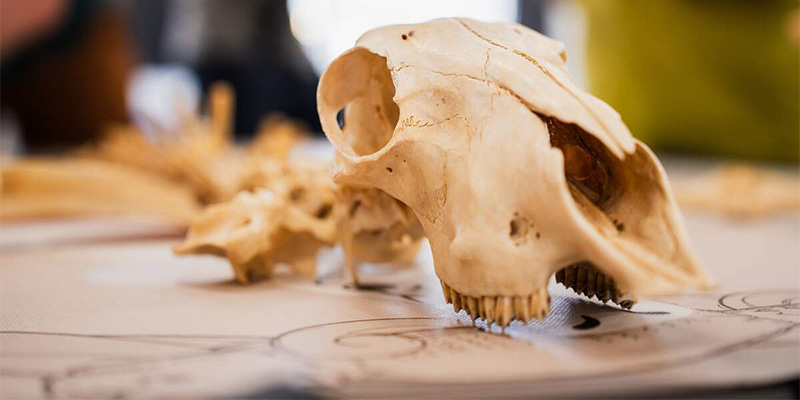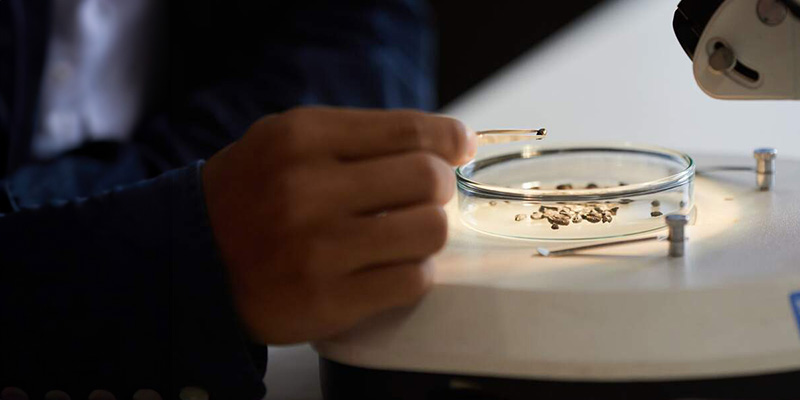
Bioarchaeology
Exploring both prehistoric and historic contexts, our research draws on our staff's collective expertise in molecular archaeology, archaeobotany, and human and animal osteology.
We have a diverse range of research interests including environmental archaeology, food and cuisine, and lifeways.
Our research is underpinned by our links to BioArCh, a collaborative research facility with strengths in archaeobotany, amino acid geochronology, organic residue analysis, osteoarchaeology, palaeogenomics (ancient DNA), palaeoproteomics and ZooMS, stable isotope analysis and zooarchaeology.
Using diverse methods we aim to deliver practical solutions to major questions that benefit from time depth using approaches that range from Palaeoecology and isotopes to the latest -omics technologies. Our research covers major prehistoric and historic themes, forging stronger and more diverse links between laboratory and the field.
People
Related links
Research centres and institutes
- Centre for Anatomical and Human Sciences
- Centre for Artefacts and Materials Analysis
- Centre of Excellence in Mass Spectrometry
- Leverhulme Centre for Anthropocence Biodiversity
- Mummy Research Group
- NEaar: North East Amino Acid Racemization
- PalaeoHub
Department facilities
- Carl Heron (British Museum)
- Terry O'Connor (Emeritus Professor)
- Mike Richards (Simon Fraser University)
Research Highlight: ZooMS
Developed at York, ZooMS - short for ZooArchaeology by Mass Spectrometry - is a new method for discerning the origins of previously unidentifiable bone fragments. The method uses a well established approach, peptide mass fingerprinting, allied to high throughput Time of Flight Mass Spectrometry.
This video explains how ZooMS can be used to identify the animal origin of parchment. The method has been used to identify the animal origin of pocket bibles produced in the 13th century.

Project spotlights
- ChemArch: The chemistry and molecular biology of prehistoric artefacts
- Communities and Connectivities, Iron Age Britons and their Continental Neighbours
- The innovation, dispersal and use of ceramics in north-east Europe
- Rats and the Archaeology of Trade, Urbanism and Disease in Past European Societies
- SEACHANGE: Setting New Baselines for Understanding Ocean Environmental Change
- Hidden Frontiers: Longitudinal Crop Trajectories in the Alpine Arc
Related links
Research centres and institutes
- Centre for Anatomical and Human Sciences
- Centre for Artefacts and Materials Analysis
- Centre of Excellence in Mass Spectrometry
- Leverhulme Centre for Anthropocence Biodiversity
- Mummy Research Group
- NEaar: North East Amino Acid Racemization
- PalaeoHub
Department facilities
